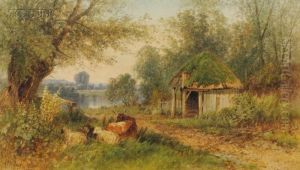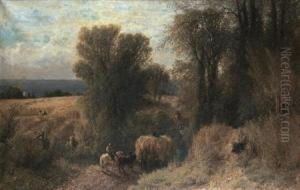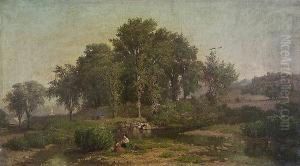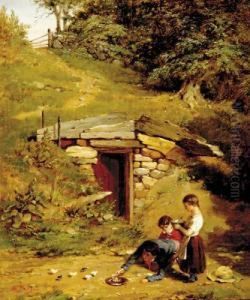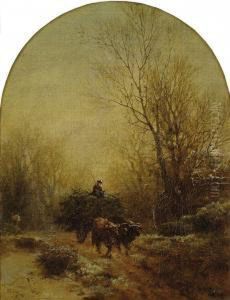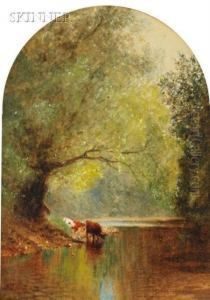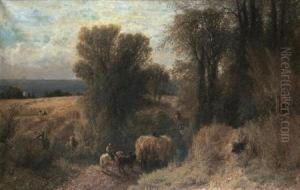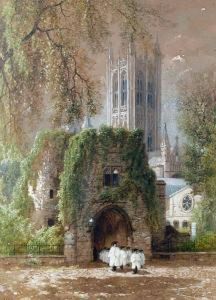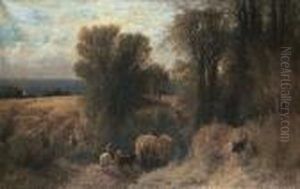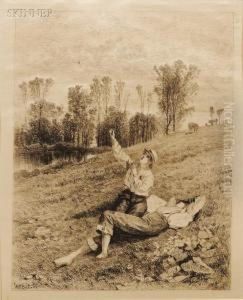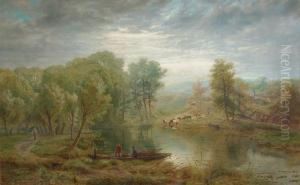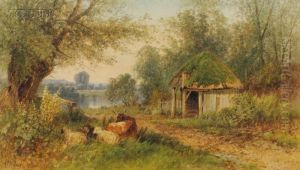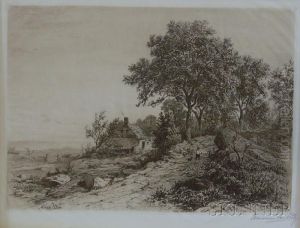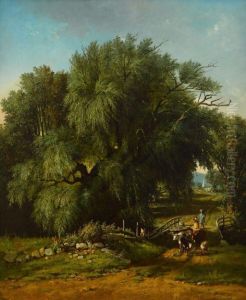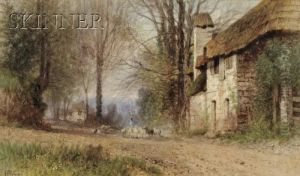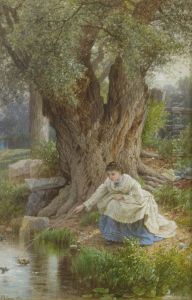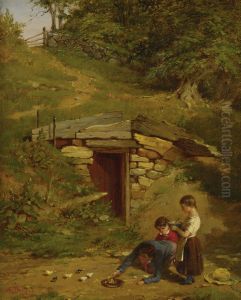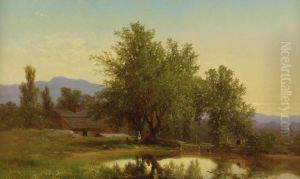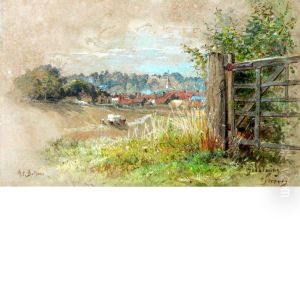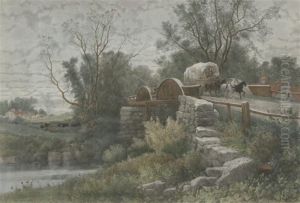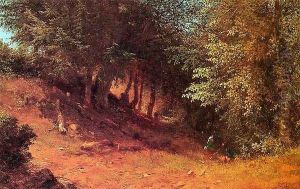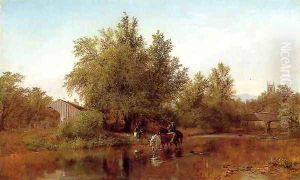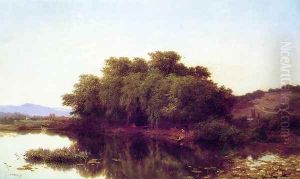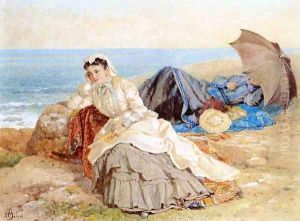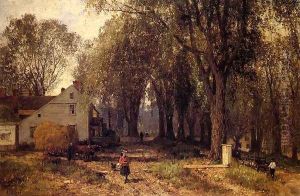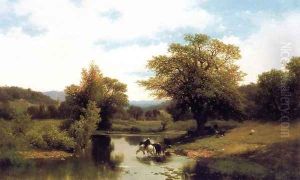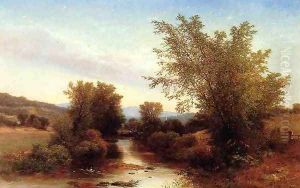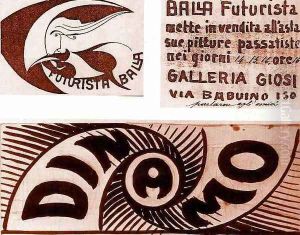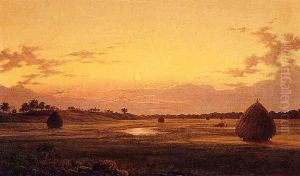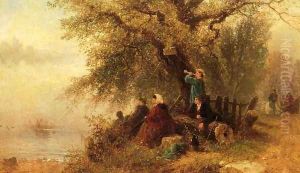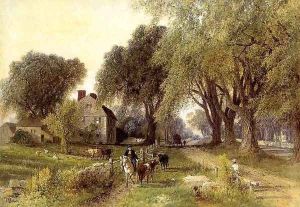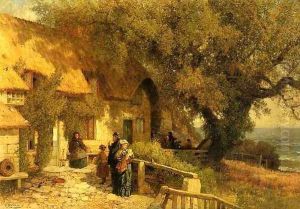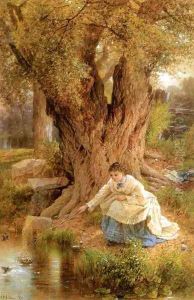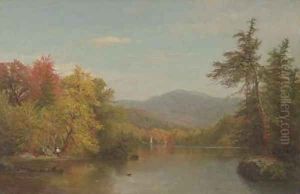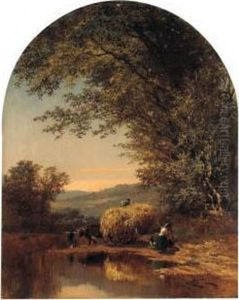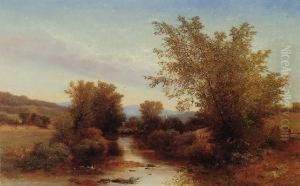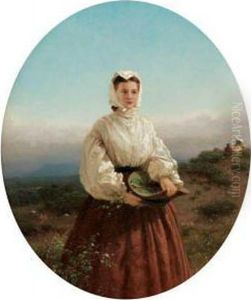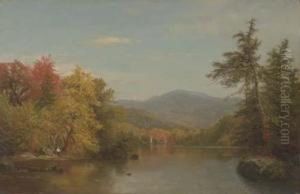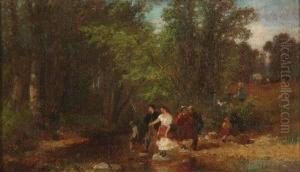Albert (Fitch) Bellows Paintings
Albert Fitch Bellows was an American landscape painter of the Hudson River School, known for his charming and idyllic American and European landscapes. He was born on November 29, 1829, in Milford, Massachusetts, and initially trained as an architect before turning to painting. Bellows began his artistic career as a portrait painter but shifted his focus to landscape painting after he moved to New York City in 1850.
In New York, Bellows became associated with the Hudson River School, a mid-19th century American art movement embodied by a group of landscape painters whose aesthetic vision was influenced by romanticism. The artists of the school were inspired by the natural beauty of the Hudson River Valley and the surrounding area, including the Catskill, Adirondack, and the White Mountains. Bellows traveled extensively in Europe, and his work began to show the influence of the Barbizon school and the Old Masters.
Bellows exhibited his work at the National Academy of Design and also at the Pennsylvania Academy of the Fine Arts. He was elected as an associate of the National Academy in 1859 and became a full member in 1861. Throughout his career, Bellows also taught art; he was one of the founders of the Watercolor Society in New York City and was active in the Artists' Fund Society.
His works are characterized by their detailed and delicate portrayal of natural scenery, often highlighting the interplay of light and shadow. Bellows' paintings captured the various moods of nature with a focus on seasons and times of day, contributing to the genre of landscape painting in America during a time when the country was rapidly changing due to industrialization and urbanization.
Albert Fitch Bellows continued to paint and exhibit his work until his death on November 24, 1883, in Auburndale, Massachusetts. His legacy is preserved through his contributions to American landscape painting and the institutions he helped to establish and foster.
